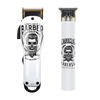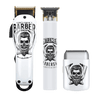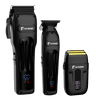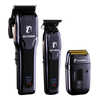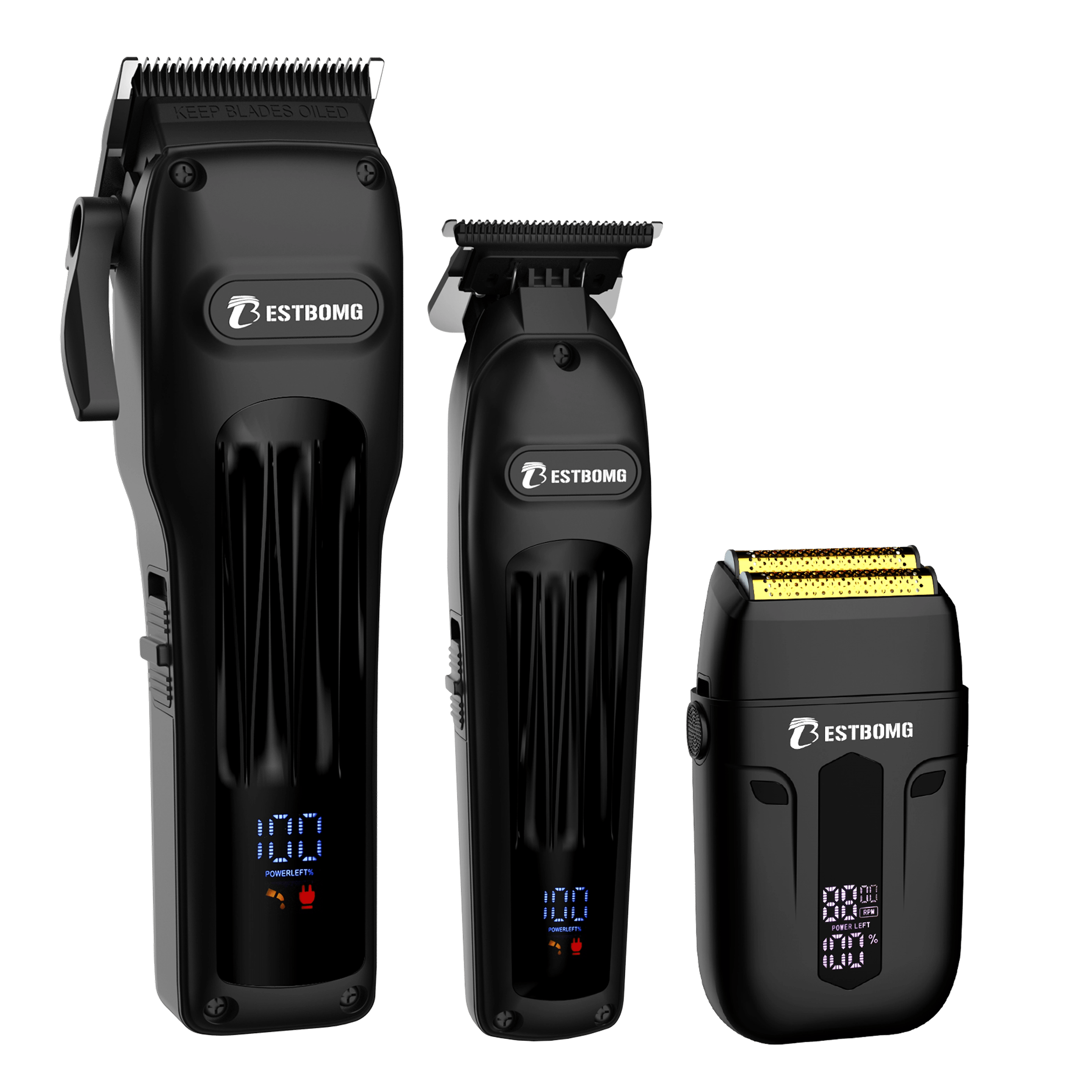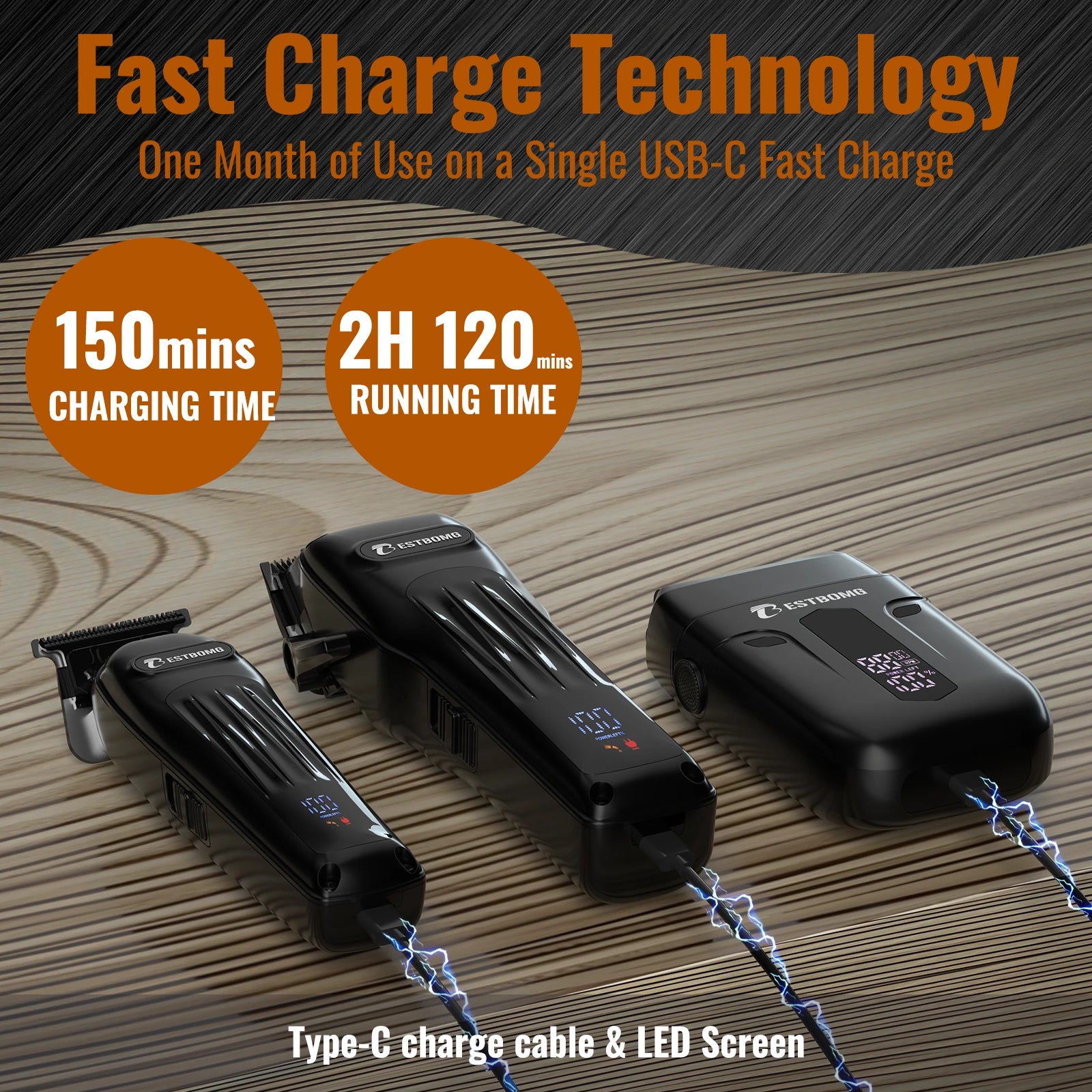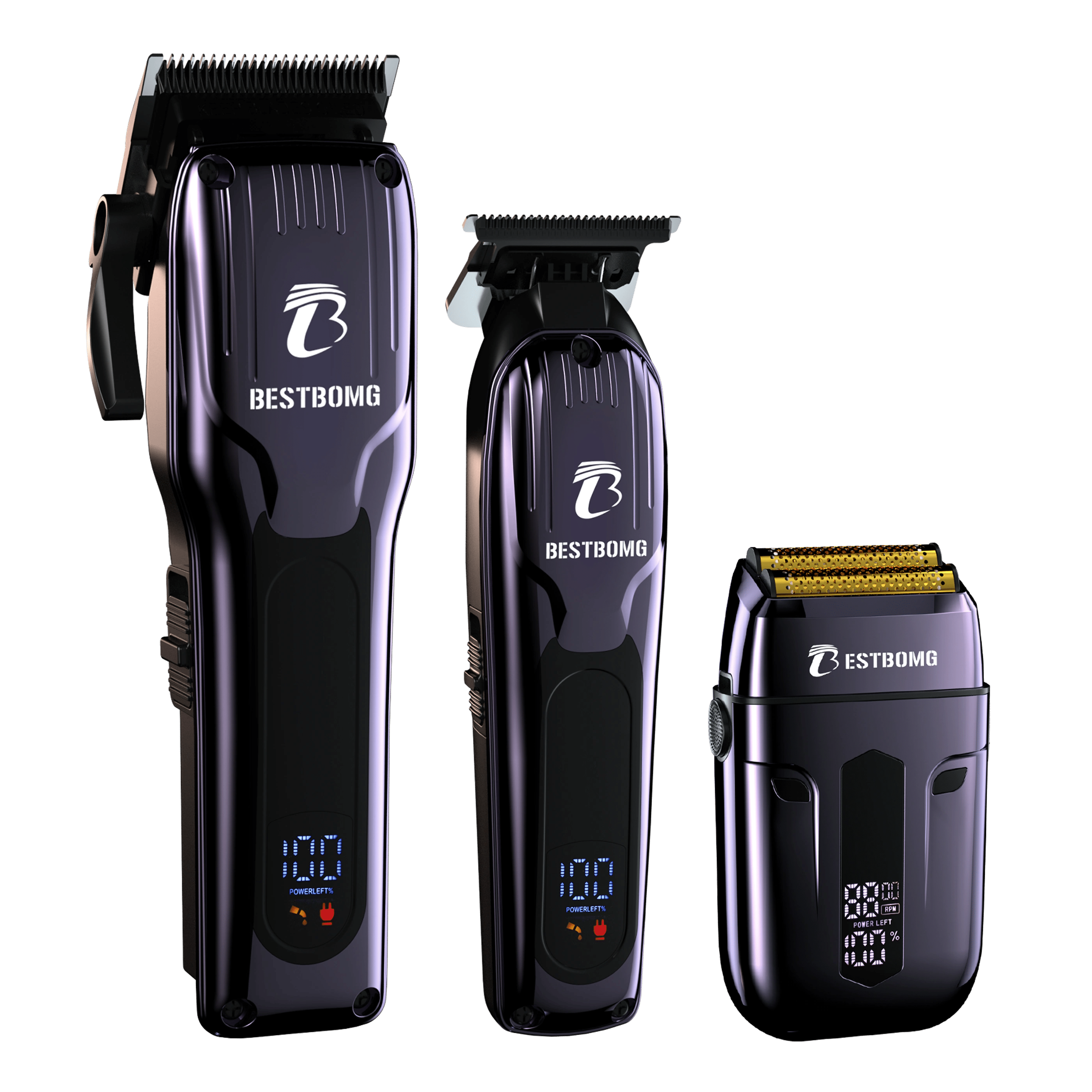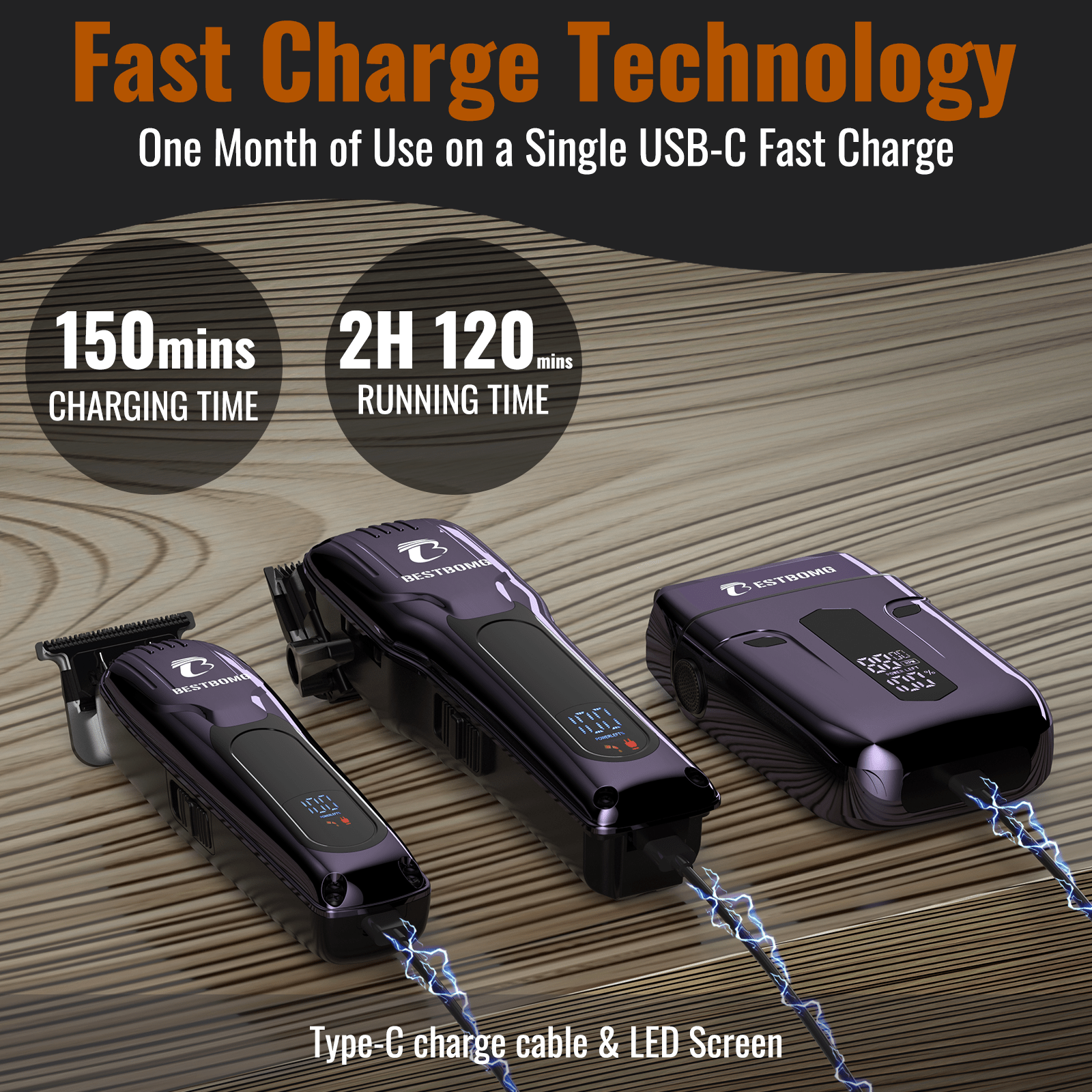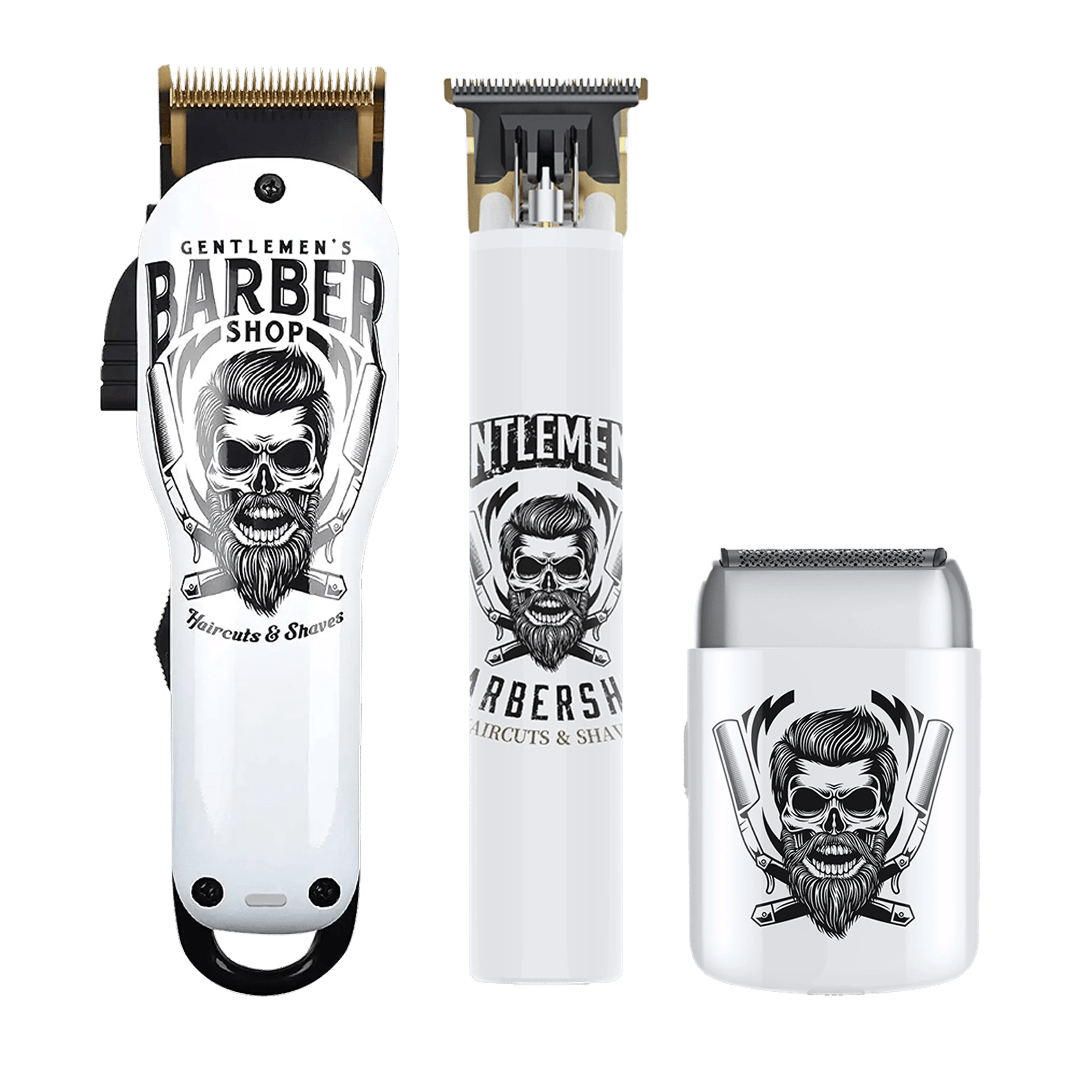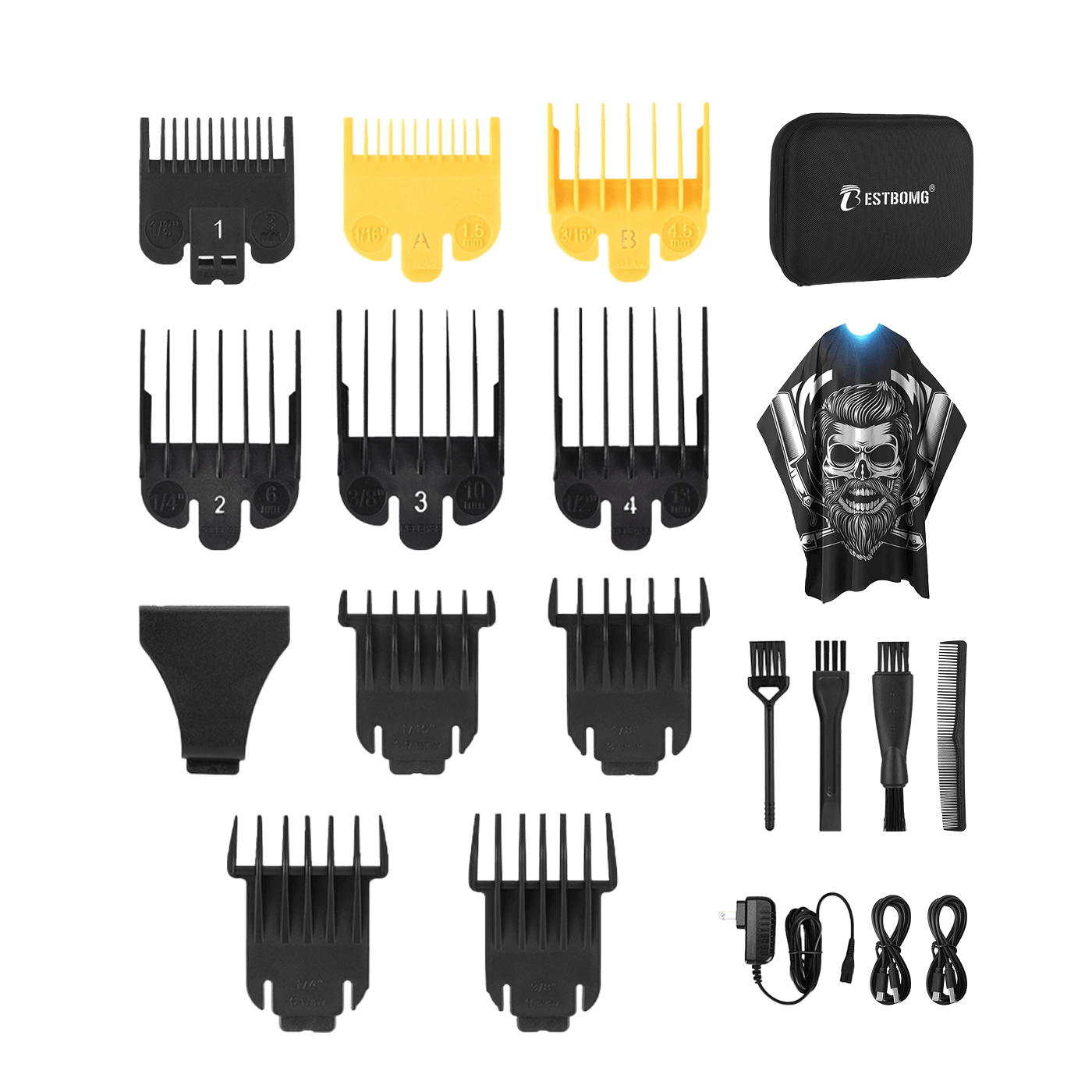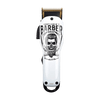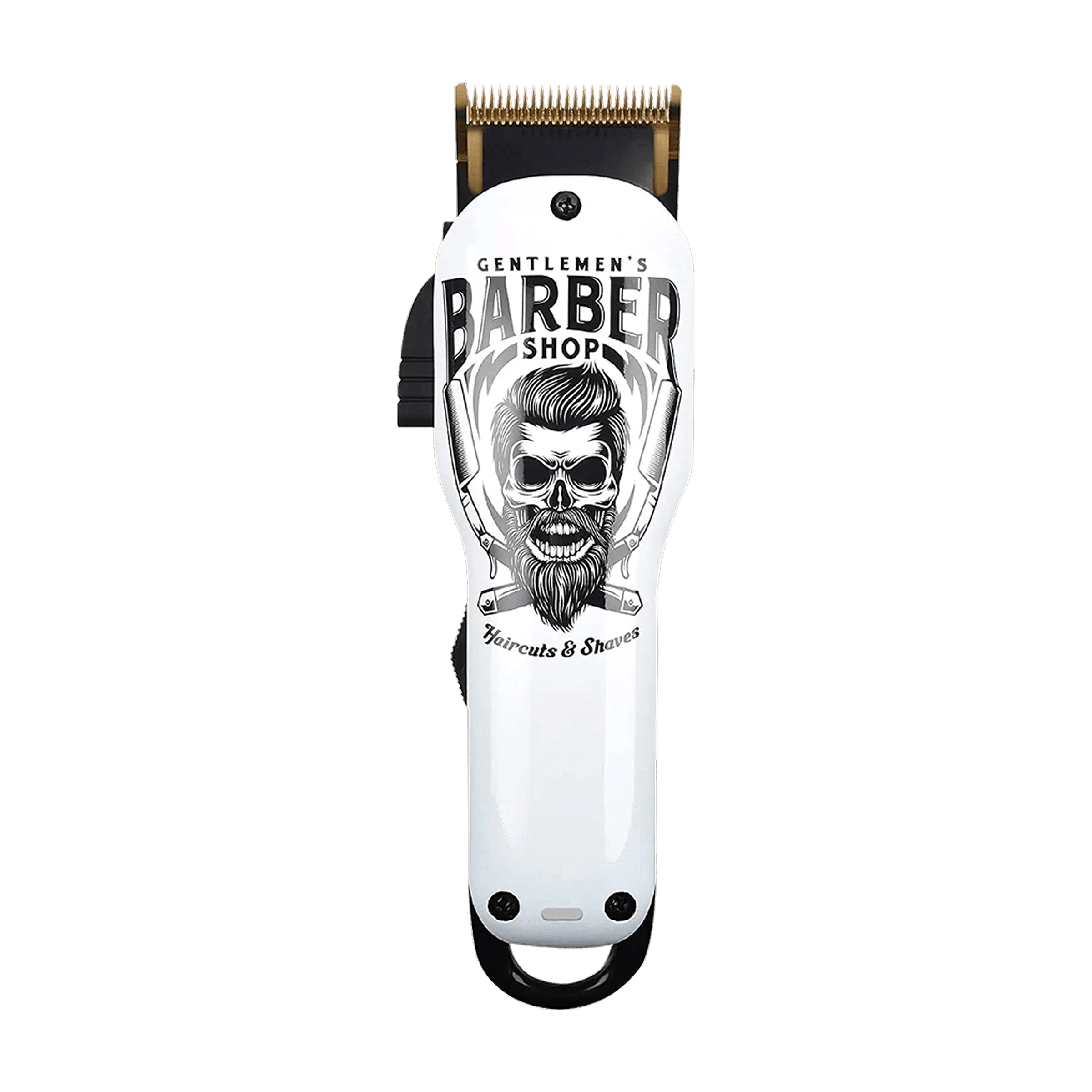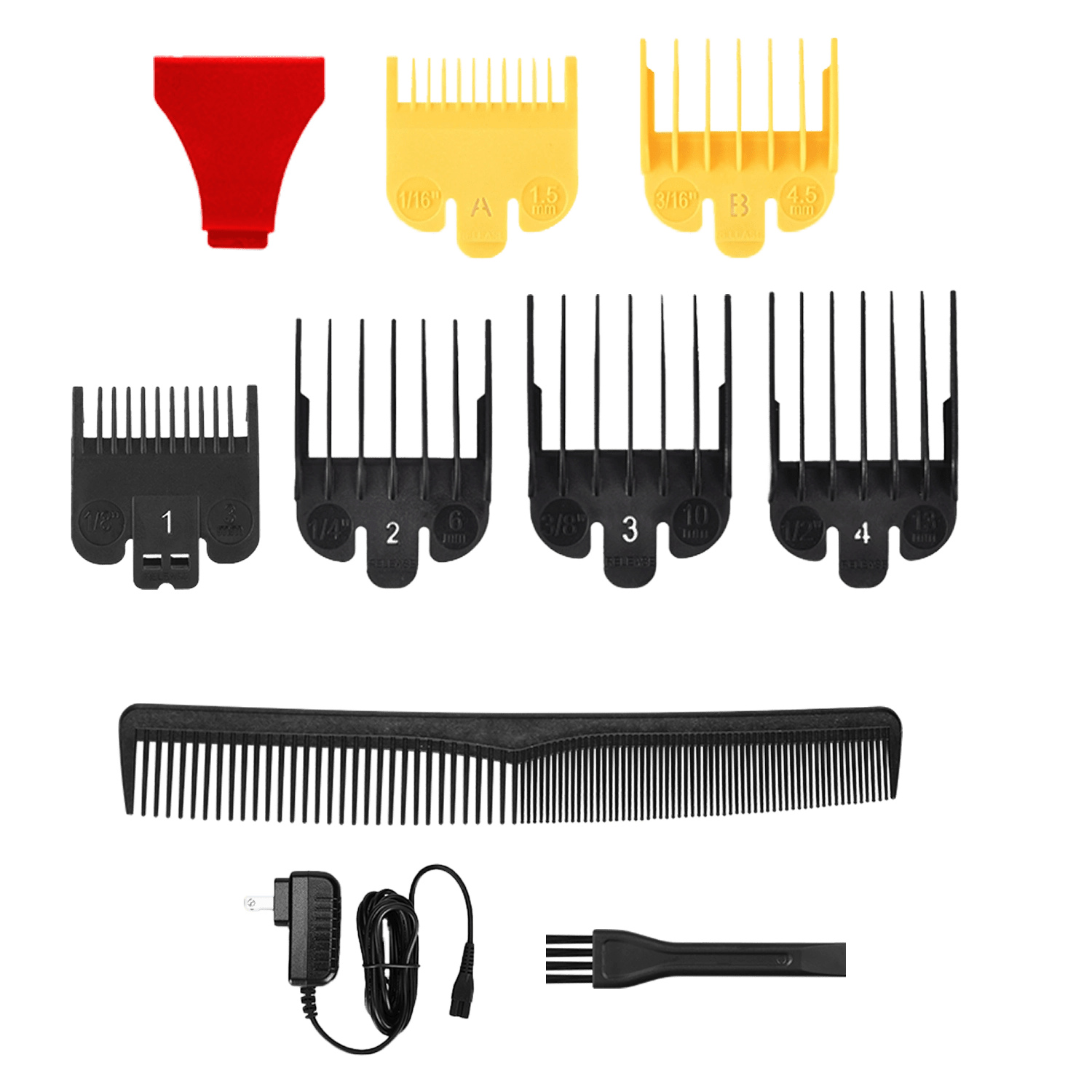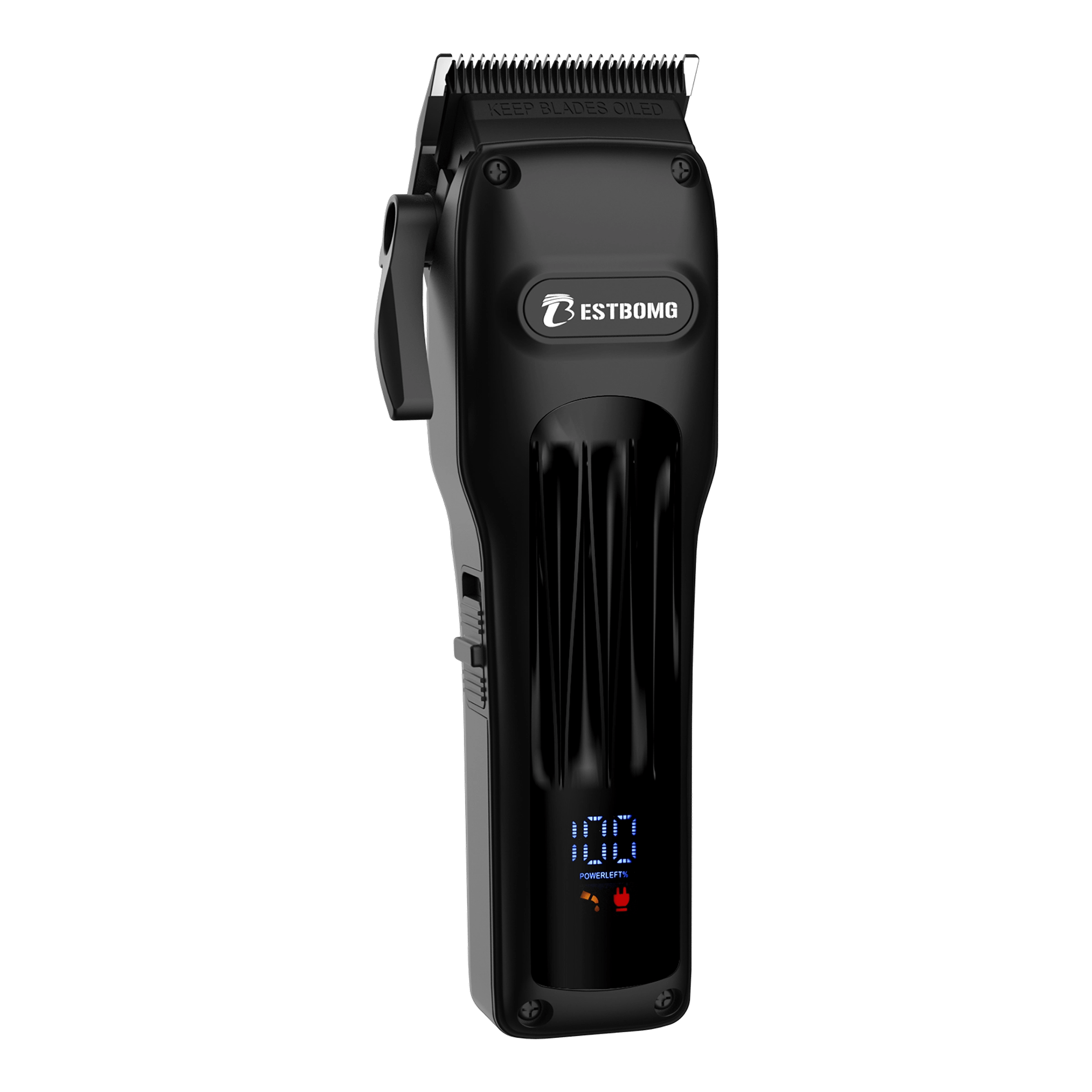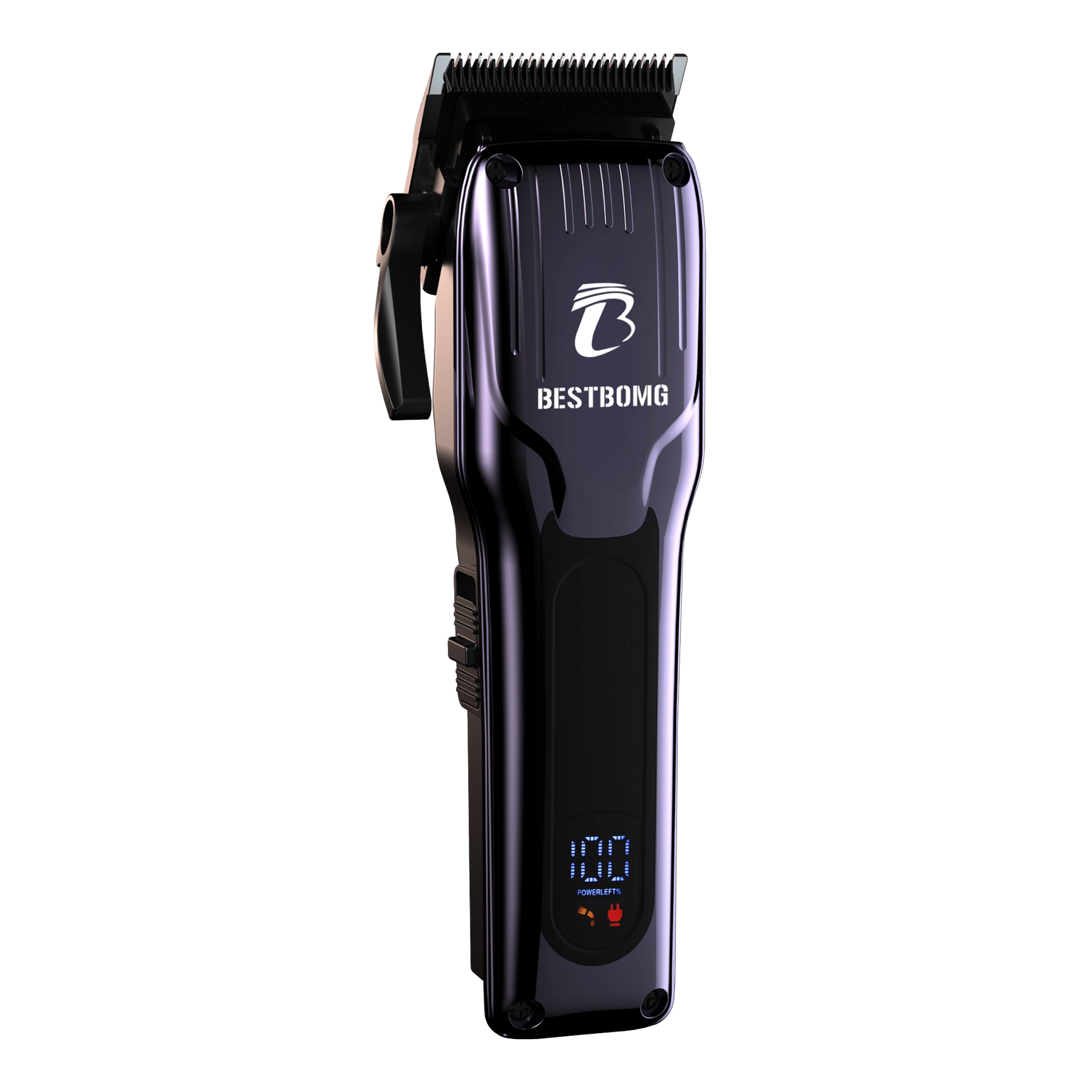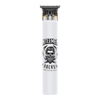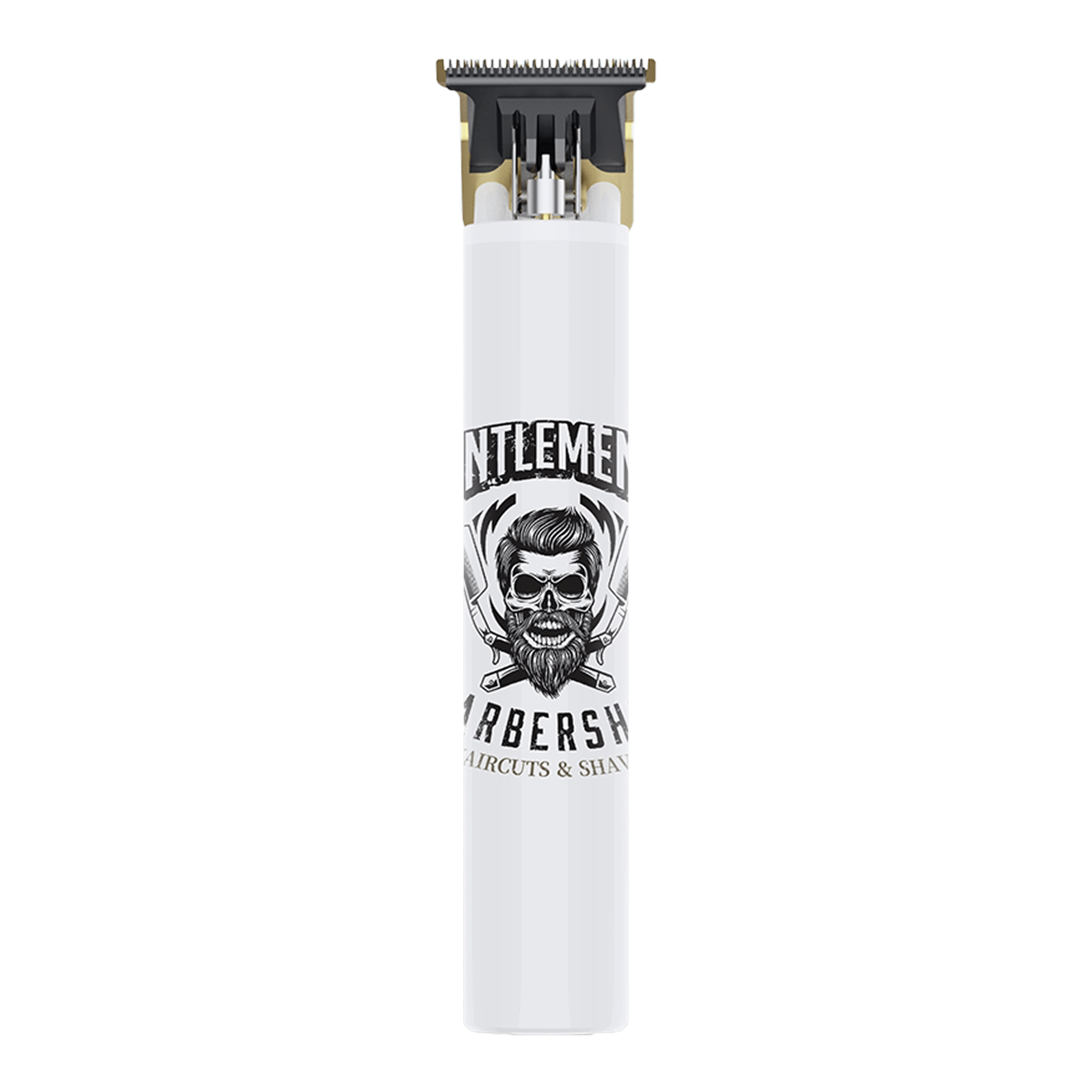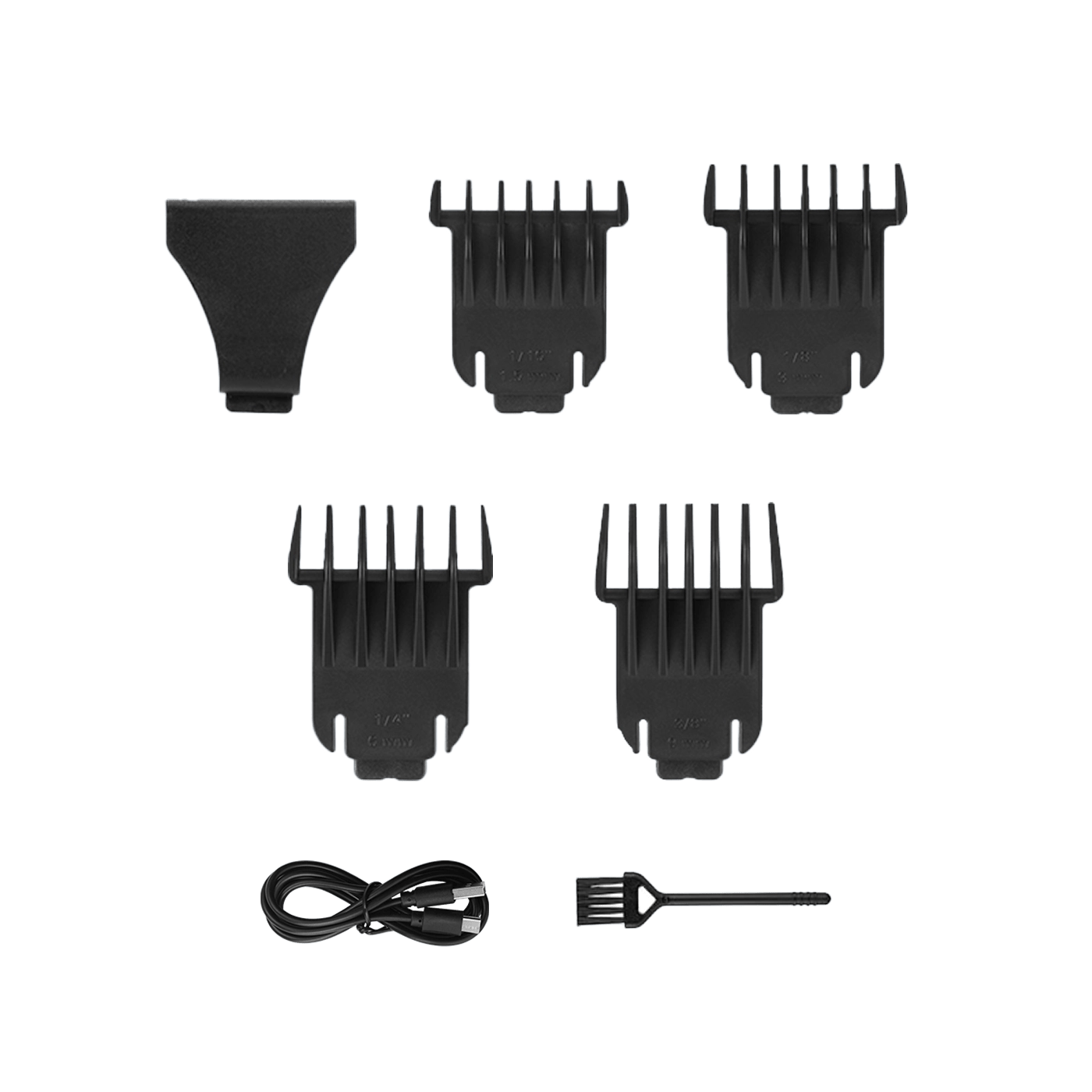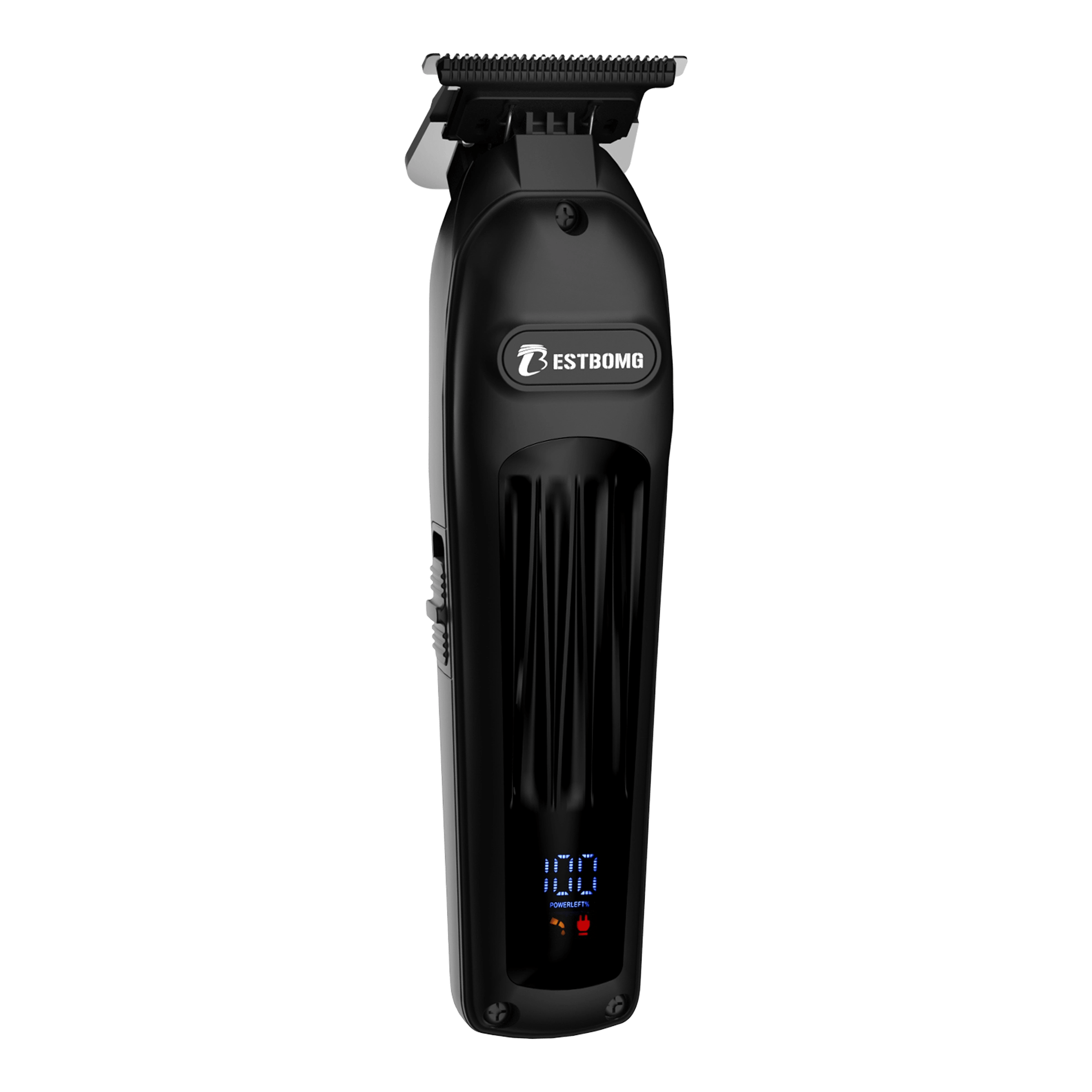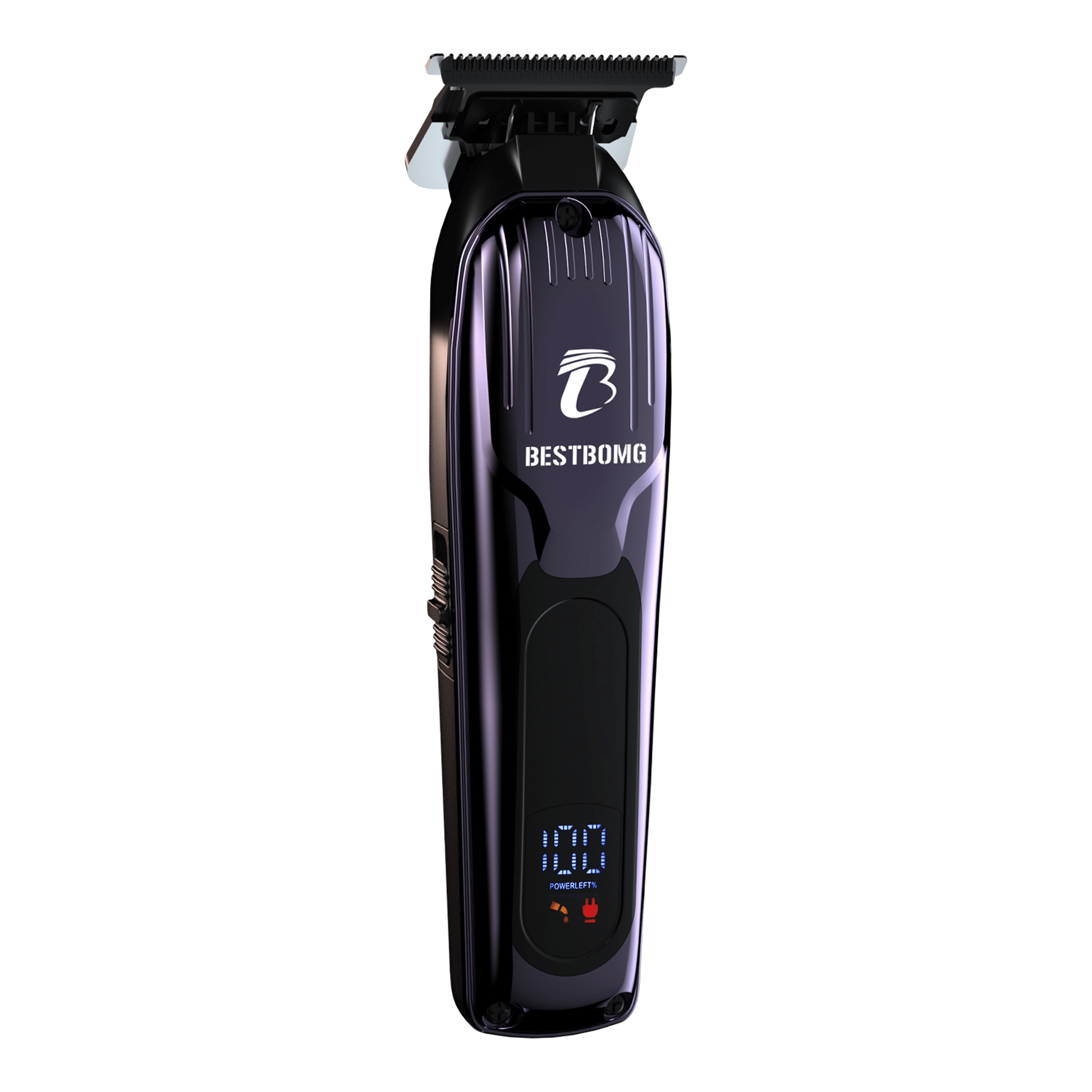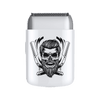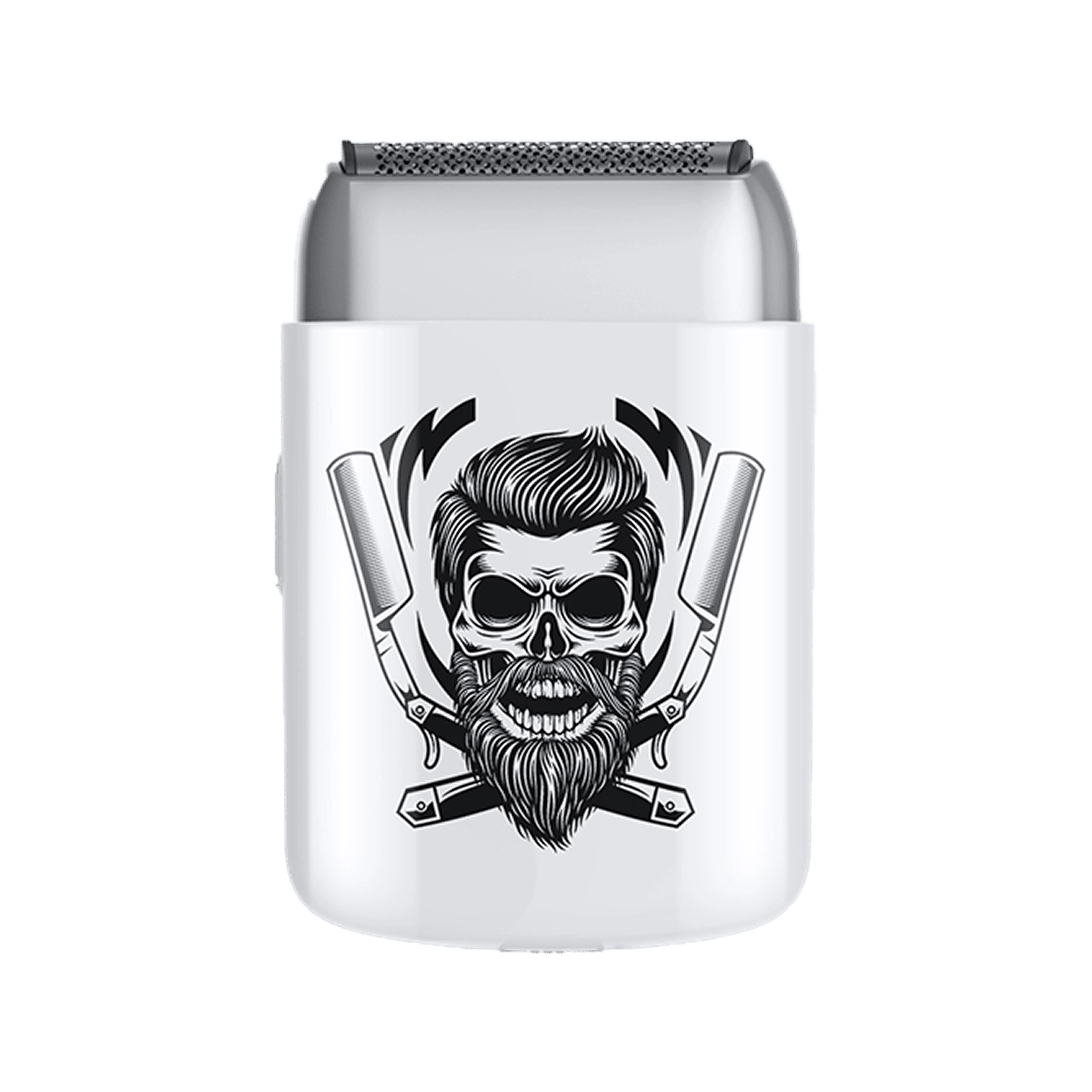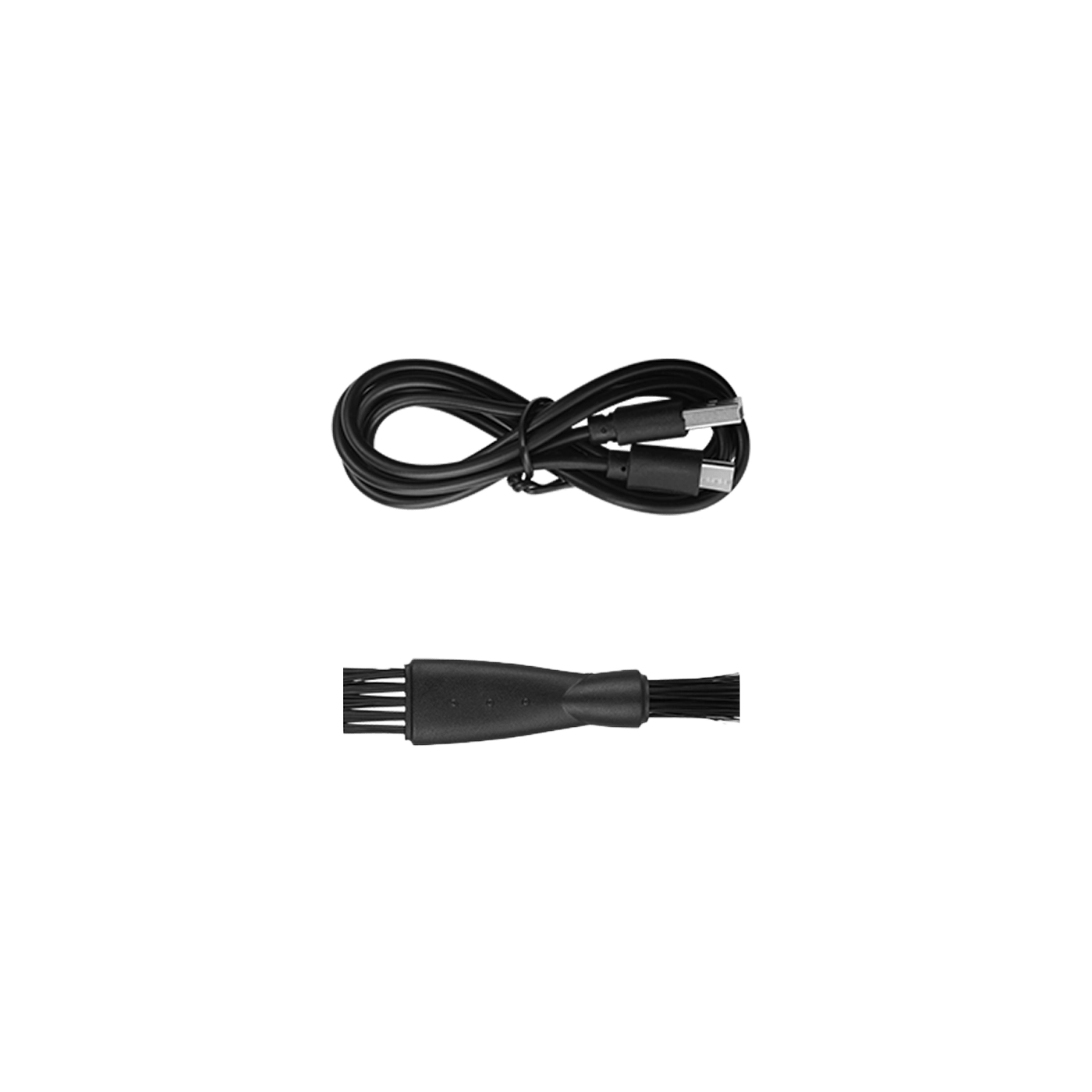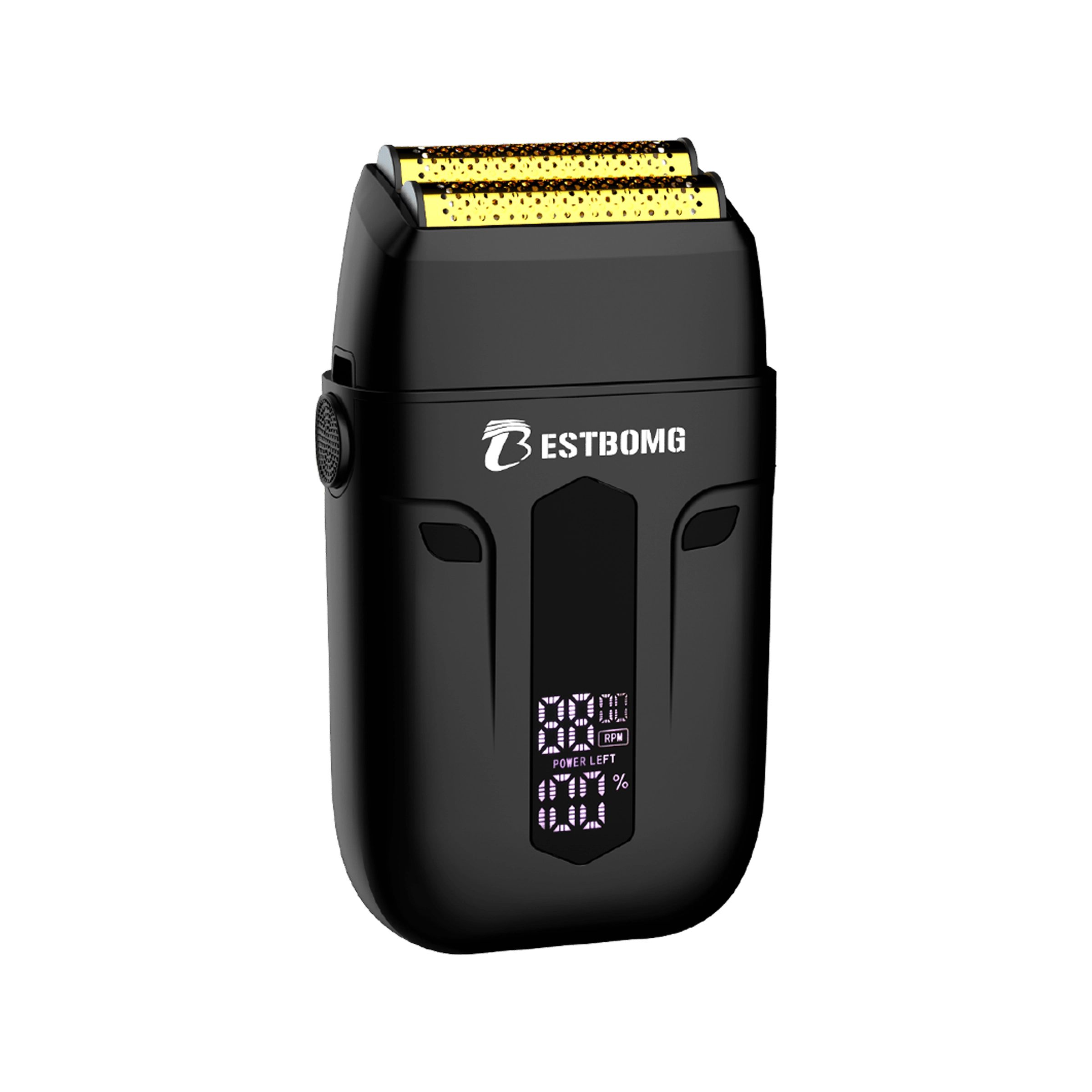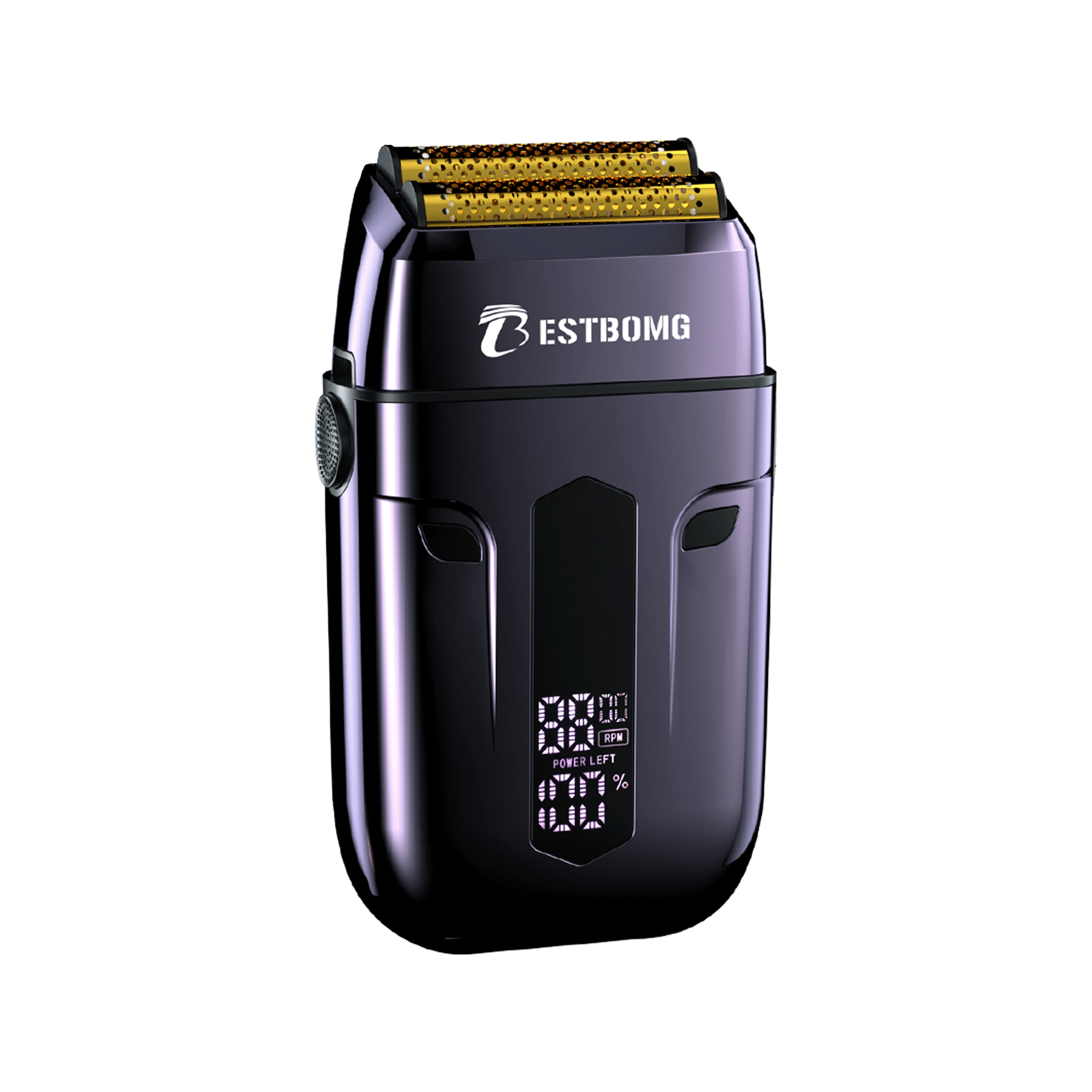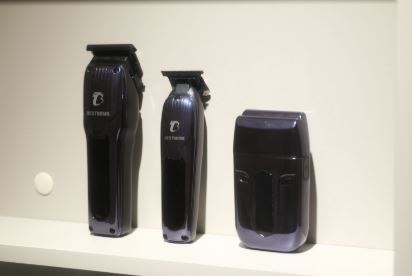You don’t need a barbershop setup to get a clean, confident men’s haircut with clippers at home. With the right guards, a light touch, and a simple plan, you can master a clipper haircut—from an even buzz to a short‑back‑and‑sides—with minimal stress. This guide breaks down cutting men’s hair with clippers into easy steps, explains guard numbers, and shows you how to blend like a pro using the taper lever.
TL;DR game plan (read this first)
- Start longer than you think (higher guard); step down gradually. Major brands teach starting high and reducing until you reach the length you want.
- Cut sides and back first, going against the grain; roll out near the head’s “ridge” (temple‑to‑occipital line).
- Blend the transition with the taper lever (half‑open/half‑closed) or a half‑guard until the shadow melts. Lever up = closer, down = longer.
- Cut the top last (longer guard or clipper‑over‑comb).
- Detail edges around ears/neck with the lever up.
- Clean and oil the blade when you’re done for cooler, smoother cuts next time.
What you’ll need
- Clippers with a taper lever + guard set
- Comb, hand mirror, clips, towel/cape
- Good lighting
- Clipper brush + clipper oil
Wet or dry? For clippers, dry hair wins: it feeds evenly, blends truer, and avoids rust risk. Manufacturers advise cutting hair when it’s clean and fully dry.
Guard numbers explained (what 1, 2, 3, 4, 5 mean)
Guard numbers control how much hair the clipper leaves behind. Here’s the common chart from Wahl’s Guide Combs reference:
|
Guard |
Inches |
Approx. mm |
|
#½ |
1/16" |
~1.5 mm |
|
#1 |
1/8" |
~3 mm |
|
#2 |
1/4" |
~6 mm |
|
#3 |
3/8" |
~10 mm |
|
#4 |
1/2" |
~13 mm |
|
#5 |
5/8" |
~16 mm |
|
#6 |
3/4" |
~19 mm |
|
#7 |
7/8" |
~22 mm |
|
#8 |
1" |
~25 mm |
Remember: higher number = longer hair left. Wahl’s beginner guides also show which guards work well for simple buzzes (#2–#3) and fades (#0–#4 range).
The taper lever = your “micro guard”
Most clippers have a small side lever that shifts the blade to fine‑tune length between guards—perfect for softening lines and doing simple fades.
- Lever up (closed) → closer cut
- Lever down (open) → slightly longer
This is exactly how Wahl describes lever use for blending and clearing jammed hairs.
Step‑by‑step: cutting men’s hair with clippers (beginner method)
These steps combine brand‑taught basics with beginner‑safe sequencing: start longer, build up the shape, then blend.
Prep & plan

- Wash and dry hair completely; comb it in the direction it grows. Greasy or wet hair sticks and can snag.
- Agree on a guard plan (e.g., #3 sides/back, #5 top). Start longer than you think; you can always step down.
Sides and back (build the base)

- Snap on #4 (or #3) guard, lever open.
- From the neckline upward, move against the grain to just under the head’s ridge (the “horseshoe” around the head).
- As you reach the ridge, roll your wrist outward in a small C‑stroke so you don’t cut into the top.
Create and blend the transition
- Drop to #3 open. Work at the shadow line, flicking up in short strokes.
- If needed, tap just below the line with #2 open, then return to #3 to soften.
- Micro‑adjust with the lever: half‑open/closed until the line melts. (Wahl: up = closest, down = longer.)
Cut the top

- Guard‑only approach: choose #5–#7 depending on length; run front‑to‑back, then cross‑check side‑to‑side.
- Clipper‑over‑comb (more shape): lift hair vertically with a comb; skim along the comb teeth in tiny passes for control. Many brand tutorials pair this with dry (or only slightly damp) hair for accuracy.
Edge & detail

- Sideburns: trim down to the chosen length; match both sides.
-
Around ears: fold the ear gently; use a shorter guard or the clipper lever up with tiny tapping motions.
- Natural taper: step down #3 → #2 → #1 toward the base.
- Squared/blocked: with no guard, lever up, tap a clean line (short, light touches).
- This “tap‑and‑go” approach is common in brand how‑tos and keeps edges sharp without digging in.
Final check

-
Brush hair off, cross‑check under different light, and fix dark patches with the next longer guard in soft, scooping strokes.
Clean & oil (1 minute)
- Brush or rinse the blade set if your manual allows, dry thoroughly, and add 3 tiny drops across the teeth + 1 drop on each heel/rail while the clipper runs 5–10 seconds, then wipe excess. (This “5‑point” pattern is shown in multiple brand maintenance sheets.)
Easy recipes you can copy
The guard combos below mirror what big brands recommend for beginner haircuts—start longer, step down, and blend with the lever.
A) Even buzz (fastest)
- One guard all over (popular: #3).
- One pass with the grain for comfort, and a very light second pass against for uniformity.
B) Short‑back‑and‑sides (classic)
- Sides/back: #3 open to the ridge.
- Blend: #2 open below the ridge; then #3 half‑open/closed to erase the line.
- Top: #5–#6 (or clipper‑over‑comb for shape).
- Edge: no guard, lever up, light taps.
C) Crew cut (neat)
- Sides/back: #2–#3.
- Top: #4–#6, slightly longer at the front.
- Blend with lever or a half‑guard.
D) Simple low taper (beginner fade feel)
- Neckline: #1 for the lower 1–2 cm.
- Mid area: #2 overlapping above.
- Upper: #3 into the ridge.
- Use the lever to blur any steps.
Self‑cut tips (how to cut your own hair with clippers)

- Mirror setup: a wall mirror + hand mirror (or tri‑fold) to see the back.
- Zones: finish one zone at a time (right side → left side → back → top).
- Back of head: tuck your chin slightly; use short upward strokes; check the mirror every few passes.
- Start longer and step down—exactly what Philips recommends for self‑cuts.
Wet vs dry: which is better with clippers?
- Dry is easiest and most accurate for clippering: hair feeds evenly through the teeth, and the result reflects how hair will sit day‑to‑day. Both Braun and Philips emphasize clean, fully dry hair before you start.
- Slightly damp (not dripping) can help with clipper‑over‑comb in pro settings, but keep the clipper body dry and finish dry for final length checks. For home, stick to dry as your default.
Clippers or scissors—which is better?
Neither is “better” for everything; they excel at different jobs:
- Clippers = even short lengths fast, clean fades, consistent sides/back.
- Scissors = shape and texture on top, softer grow‑out, and more control for medium/long hair. Pro editors and barbers often recommend clippers for the sides/back and scissors for the top, unless you’re doing a true buzz.
Maintenance that keeps cuts smooth
- Clean after every cut. Empty clippings; if your blade is removable/rinse‑safe, rinse and dry thoroughly.
- Oil regularly. Wahl/Andis show 3 drops across teeth + 1 per side/rail with the clipper running; wipe excess. This reduces friction, heat, and tugging.
- Store dry with the blade guard on.
Common mistakes (and quick fixes)
- Starting too short: Go up a guard and re‑blend the transition. (Always start longer.)
- Pressing too hard: Let the motor cut; use light passes to avoid lines and irritation.
- Ignoring growth direction: For consistent length, cut against the grain on sides/back.
- Skipping oiling: Dry blades = heat and tugging. Use the quick 5‑point oiling pattern.
- Cutting wet: Feeds unevenly and can cause snags; dry hair is the standard for clippers.
The bottom line
A great men’s haircut with clippers comes down to three habits:
- Start longer and step down;
- Blend with the lever (your built‑in micro‑guard);
- Clean and oil so the blades stay cool and sharp.
Use the recipes here, keep strokes light, and take your time—your clipper cut for men will look intentional and neat without the barbershop bill. When you’re ready to upgrade tools, start simple.
Frequently Asked Questions
How to cut your own men’s hair with clippers?
Set up two mirrors and good light. Start with clean, dry hair, attach a higher guard, and cut sides/back first against the grain to the ridge. Blend the transition with the taper lever (half‑open/closed) or a half‑guard. Cut the top last (longer guard or clipper‑over‑comb), then edge and oil the blade.
What does 1, 2, 3, 4, 5 mean in haircuts?
Those are guard numbers—they set how much hair remains. Example: #1 ≈ 1/8" (~3 mm), #2 ≈ 1/4" (~6 mm), #3 ≈ 3/8" (~10 mm), #4 ≈ 1/2" (~13 mm), #5 ≈ 5/8" (~16 mm). Higher number = longer.
Is it okay to cut hair with clippers?
Yes—clippers are designed for bulk removal and length control with guards. Brand tutorials teach exactly this workflow (sides/back first, then blend, then top). Keep hair dry, use light pressure, and oil blades to avoid tugging.
Do you cut men’s hair wet or dry?
Dry. Major manufacturers advise cutting when hair is clean and fully dry so it feeds evenly and blends accurately. Towel‑dry isn’t enough if hair is still damp.
What guard should I use for a buzz cut?
For a classic buzz, #2–#3 is a popular starting point; adjust up/down for preference. (Wahl UK links basic buzzes to these guard ranges.)
Læs mere
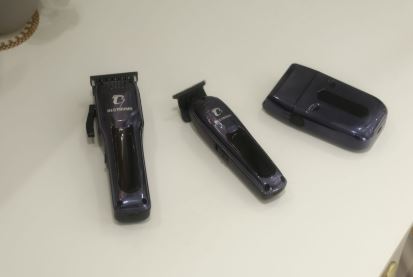
Can You Use Clippers on Wet Hair? Wet vs Dry Cutting Explained
Short answer: For most home haircuts, use clippers on clean, dry hair. Wet hair doesn’t feed evenly through clipper blades, can cause tugging, dull the edge faster, and raises rust/electrical‑safet...
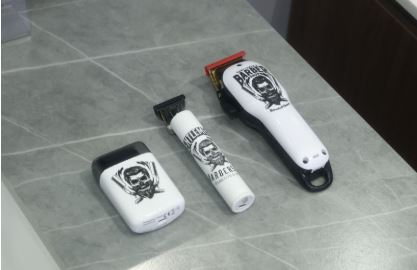
How to Clean Hair Clippers at Home with Alcohol: Simple Guide
Looking for the easiest way to keep your clipper blades clean, disinfected, and tug‑free? This step‑by‑step shows how to clean hair clippers at home with alcohol, when to use clipper spray cleaners...
